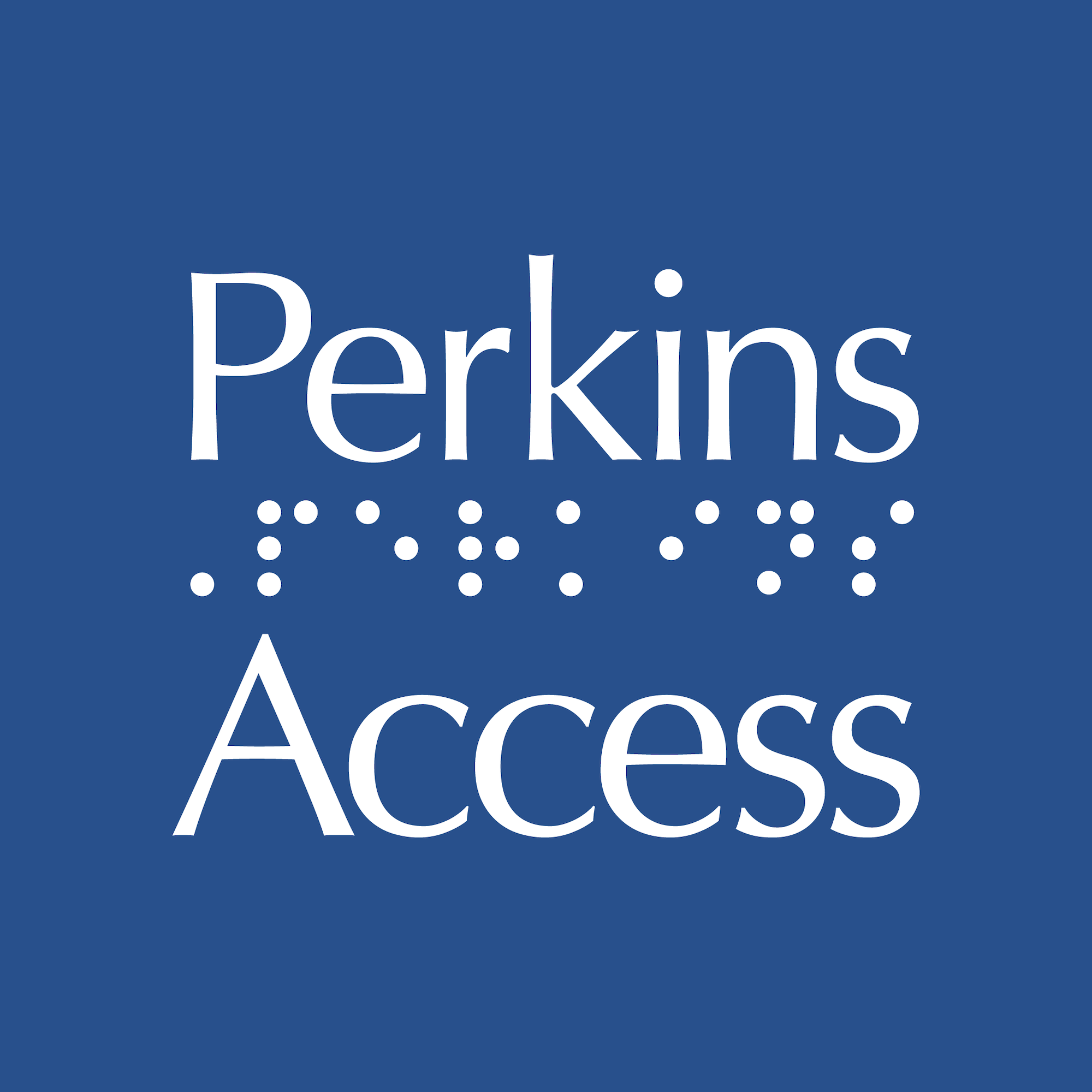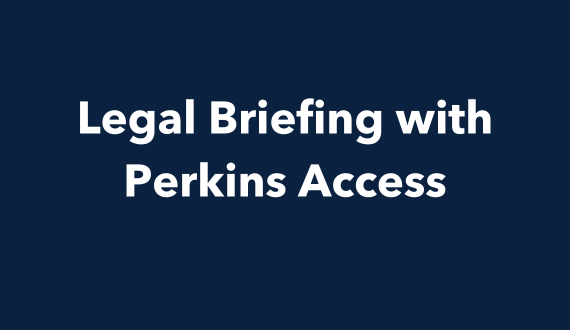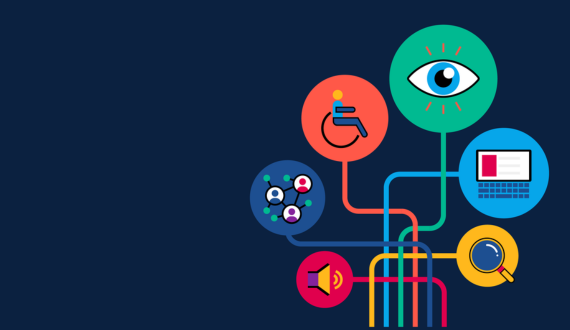Why digital accessibility is critical to a successful DEI strategy
Share

This post was originally published on SheGeeksOut. If you want to learn even more about digital accessibility and the way it benefits all users, listen to our episode the SheGeeksOut podcast.
What is Digital Accessibility?
In simple terms, digital accessibility means designing and developing a digital world that includes everyone. Websites, mobile apps and all digital experiences need to be usable by all, regardless of a person’s age, ability or means of access.
When accessibility isn’t part of the design and development process, barriers are created, which can make it difficult or impossible for a person with a disability to engage and interact as intended. As many key interactions have shifted online due to the pandemic, from virtual banking to food delivery, digital accessibility is essential.
Why is Digital Accessibility important?
Organizations that value diversity, equity, and inclusion (DEI) want to create a more inclusive and equitable world — whether that’s in person or online, it’s essential for everyone to have access.
Did you know 61 million Americans (1 billion people worldwide) have a disability?
If you’re not prioritizing accessibility as part of your DEI commitment, you’re unintentionally excluding a large part of the population. With digital accessibility, you’re able to provide equal access and equal opportunity for as many people as possible. And, by improving your user experience, all users benefit.
Also, digital accessibility is the law. The Americans with Disabilities Act (ADA) requires places of public accommodation (including websites) to be accessible to people with disabilities and Section 508 of the Rehabilitation Act requires federal agencies to make their electronic and information technology (EIT) accessible to people with disabilities, including both employees and members of the public.
Curious what inclusive digital design looks like? Download the Perkins Access guide for six ways to create inclusive digital experiences without sacrificing great design.
How do I get started?
If you’re just learning about digital accessibility, it may seem overwhelming, but don’t worry — digital accessibility is a natural fit with DEI. And like DEI, one of the first steps you can take is getting leadership buy-in across your organization. Once you’ve made a commitment to accessibility, there are widely-accepted standards in place for you to follow. Those standards are called the Web Content Accessibility Guidelines and they were developed to make digital content more accessible.
WCAG has been around since 1999, which means there are experts intimately familiar with the standards who can help you assess where you stand today and what improvements you can make.
If you want to learn more about how you can improve your online inclusion, schedule a free Q&A session with Perkins Access.
One way individuals and organizations alike can improve their accessibility is on social media. For example, using camel case in hashtags and alt-text for images is an easy way to begin to make your content more accessible. For more tips, check out the Perkins Access cheat sheet for accessible social media posts.




